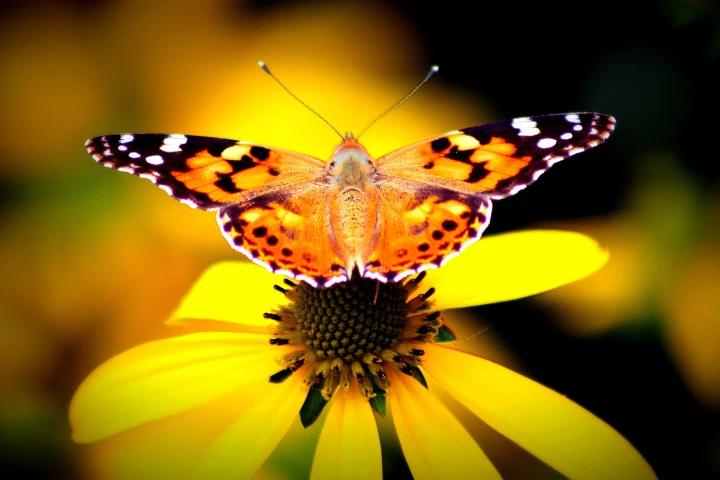University of Ottawa
-
Enduring a week of cold water plunges can jolt the body’s cells into starting the process of cleaning up old, worn-out, and broken parts, according to a new study. It highlights the potential of ice baths as a treatment for aging or chronic illness.
-
In a first, scientists have found that painted lady butterflies use favorable winds and a strategy of active flying and autopilot to cross the world nonstop. The flight, spanning five-to-eight days, takes up to half the adventurous animals' adult life.
-
A radioactive form of fructose, a natural sugar found in fruit, can illuminate cancer and inflammation in medical scans. This approach has the potential to make diseases easier to spot than current techniques, leading to better early detection.
-
Genetic and isotopic analyses have pieced together a remarkable narrative of a 20-year-old female woolly mammoth, detailing her health, status, travels and ultimate ending in interior Alaska – even though her story is now more than 14,000 years old.
-
Caused by bacterial infections or disease, thinning of the cornea can lead to blindness if not addressed. An experimental new injectable material could help keep that from happening, by thickening compromised corneas when triggered by blue light.
-
Reviving an almost century-old hypothesis, a new study led by Rajendra Gupta at the University of Ottawa based on data from the James Webb Space Telescope (JWST) suggests that the universe may be twice as old as previously thought.
-
A new study has found that the rigors of space travel alter the expression of an astronaut’s genes, leading to a compromised immune system that may make them vulnerable to infection, especially when they first return to Earth.
-
New research has found that during a six-month stay on the International Space Station, astronauts were destroying 3 million red blood cells every second. That's 54 percent more than the 2 million our bodies destroy and replace every second on Earth.







